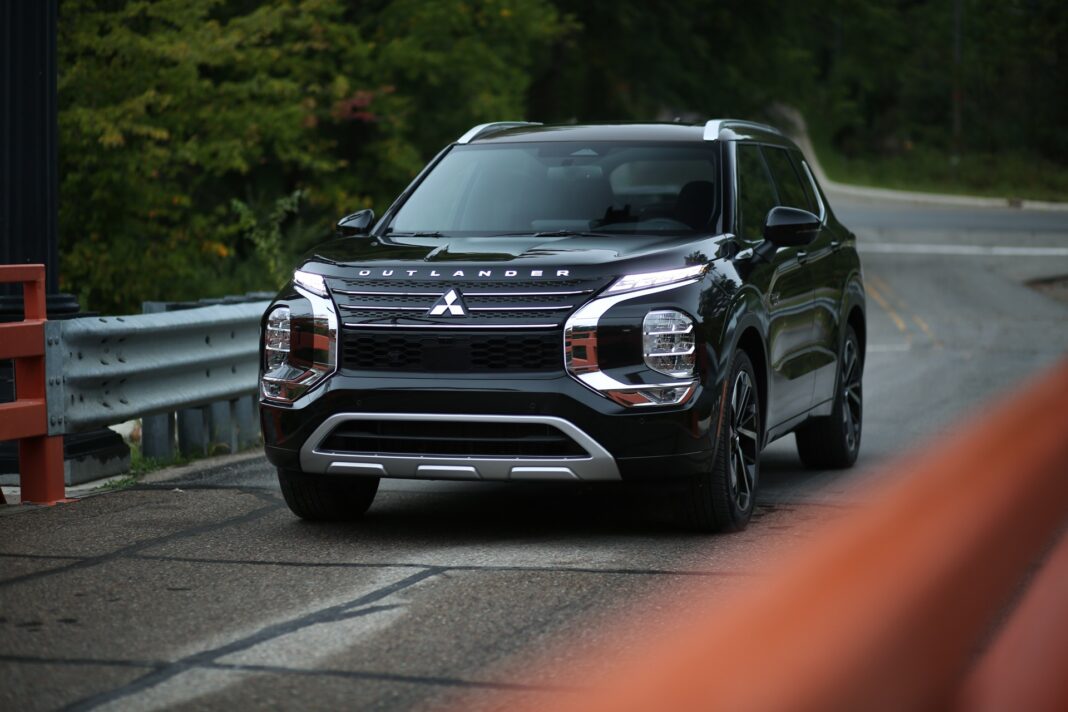- SUVs were 53% of EV and 83% of PHEV sales in 2023
- They’re heavier and less aerodynamic—thus less efficient—than cars
- Broadly, SUVs emit 20% more CO2 than cars regardless of powertrain
Reflecting overall industry trends, most electric vehicles and plug-in hybrids sold in the U.S. in 2023 were SUVs, according to the Department of Energy (DOE).
By sales, SUVs have surpassed sedans, wagons, hatchbacks, and minivans, and last year they also accounted for 53% of battery-electric vehicle sales and 83% of plug-in hybrid sales. Conventional car body styles still accounted for 43.4% of EV sales, but just 10% of plug-in hybrid sales.

2023 U.S. EV and PHEV sales by size class (via U.S. Department of Energy)
SUVs are generally heavier and less aerodynamic than cars, which impacts efficiency of internal-combustion and electric powertrains alike. That’s led to differing analyses of the relatively high number of plug-in SUV sales.
The DOE has a fairly positive outlook, saying in September that a small electric SUV with 300 miles of range is estimated to have half the lifetime greenhouse gas emissions of a comparable gasoline vehicle. In 2021 it said that popular small SUVs were a meaningfully better choice than larger models in terms of overall emissions—and that EVs and plug-in hybrids were better still.

2023 Ford Mustang Mach-E
However, the International Energy Agency (IEA) said earlier this year that SUVs emit 20% more CO2 compared to cars, regardless of powertrain type. The IEA also warned in 2023 that the SUV market is fueling global oil demand, countering some of the emissions reductions one might hope to see from higher EV adoption.
When comparing electric SUVs to gasoline SUVs, though, electric vehicles at least have the advantage of getting cleaner over their useful life as more renewable energy is used to power the grid. And while emissions from electricity production and distribution are currently double that of the equivalent emissions for gasoline, that’s more than offset by the tailpipe emissions of gasoline vehicles, which represent nearly three quarters of their total lifecycle emissions, the DOE previously noted.

